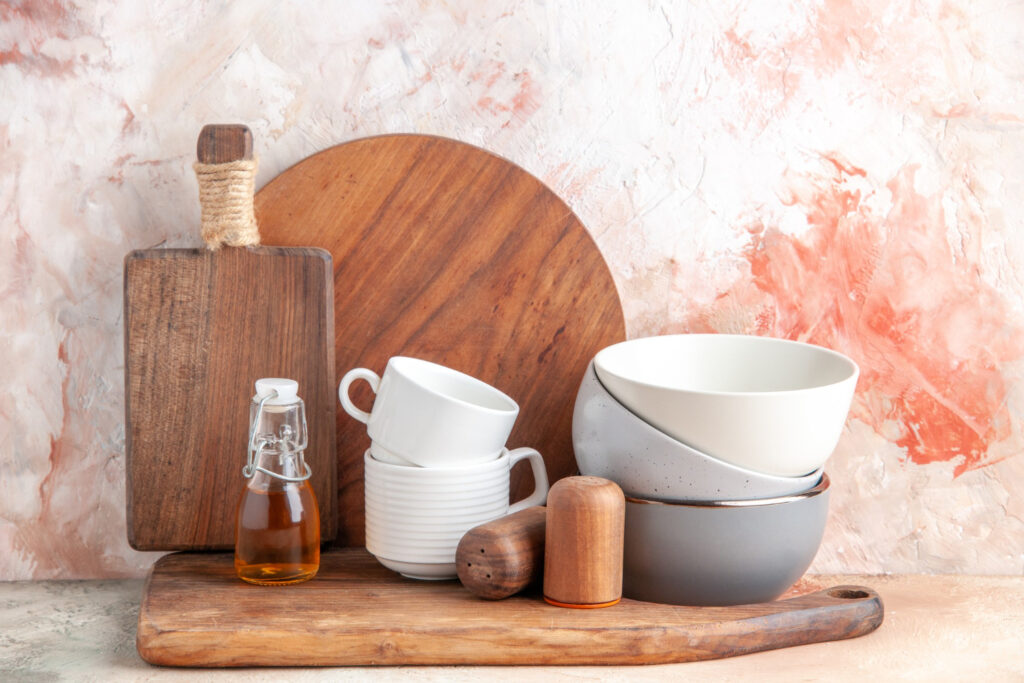October 31 — In 2025, cryptocurrency is no longer just a speculative investment—because it’s now a growing medium of exchange in everyday life.
One of the more surprising sectors embracing this shift is the home goods industry. From furniture retailers to boutique décor studios, businesses are beginning to accept Bitcoin, Ethereum, and even stablecoins as legitimate forms of payment.
What was once a niche experiment among tech-forward brands is now evolving into a measurable retail trend that’s being fueled by consumer demand, fintech innovation, and a shifting definition of value in a digital economy.
The Quiet Expansion of Crypto Payments
While crypto headlines often focus on institutional investment or market volatility, a quieter story is playing out in the retail landscape.
Merchants in the home goods sector are integrating digital payment gateways like BitPay, Coinbase Commerce, and PayPal’s crypto feature. These tools are now allowing customers to convert crypto holdings seamlessly at checkout without the manual transfers or wallet complexities that once made these types of transactions annoyingly cumbersome.
Even though large online retailers like Overstock were early adopters of this ongoing trend, a new wave of smaller, design-driven businesses is currently following suit this fall. Boutique furniture makers, lighting brands, and art galleries are beginning to discover that accepting crypto opens the door to a younger, wealthier, and globally minded consumer base.
According to a 2025 Deloitte survey, nearly 40% of U.S. retailers now accept some form of cryptocurrency payment, and home goods is one of the fastest-growing categories.
Why Home Goods Are a Natural Fit for Crypto
Crypto-spending behavior is shifting. After years of HODL culture, many crypto investors are now seeking tangible assets—especially after recent market rebounds.
Home goods, unlike consumables, represent durable value that countless investors prioritize. They’re also emotionally charged purchases that symbolize comfort, taste, and stability—which are all things that resonate with consumers emerging from economic uncertainties.
Retail analysts note that this trend mirrors the broader digital-to-physical wealth effect oriented around the concept that when crypto portfolios rise, so does spending on lifestyle upgrades. Luxury furniture, handcrafted décor, and designer lighting have seen exponential increases in crypto transactions throughout 2025 via savvy online stores catering to tech-literate buyers.
“Crypto owners are increasingly converting digital gains into real-world experiences and possessions,” says fintech analyst Mariah Esposito. “Home décor fits perfectly into that psychological framework because it’s personal, it’s lasting, and it turns virtual profits into visible quality of life.”
The Area Rug Industry: Tradition Meets Technology
One particularly interesting corner of the market embracing this evolution is the area rug industry, and this is especially the case for high-end and handmade rug retailers.
For decades, this market has been rooted in craftsmanship, heritage, and trust. Now in 2025, blockchain and crypto payments are ushering in a new layer of transparency and modernization to an ancient art form.
Luxury rug dealers, including Persian and Oriental rug sellers, have started to accept crypto not just as a payment method, but also as part of a broader digital transition. Blockchain certification platforms are now being used to verify authenticity and provenance, which ensures buyers that their hand-knotted Oushak or Persian antique rug is in fact genuine. This unprecedented pairing of tradition and technology appeals to affluent crypto holders who value both cultural craftsmanship and cutting-edge innovation.
Moreover, some boutique rug galleries report that crypto transactions tend to involve higher price points than credit card sales.
“Crypto buyers often have more liquidity, especially after major market rallies,” notes the experts at Rug Source, a Charlotte-based retailer. “They’re comfortable making $10,000 or $20,000 purchases on a rug that feels like both an artwork and an investment.”
This hybrid of digital wealth and artisanal décor exemplifies how crypto is influencing consumer psychology in major ways. It’s now not just about spending money differently, because it’s also about expressing identity through purchases that merge global history with digital finance.
Current Challenges on the Retail Side
Despite the growing adoption of crypto transactions in the home goods sector, challenges undoubtedly still remain.
Crypto volatility continues to be a concern for smaller businesses, which often convert payments immediately into fiat currency to avoid exposure. Regulatory uncertainty—particularly around taxation and reporting—also complicates adoption in some regions.
However, stablecoins are mitigating some of these risks, providing a bridge between crypto convenience and financial stability.
Retailers using stablecoin payment systems can offer instant settlement with minimal transaction fees, which is something that appeals to both cost-conscious merchants and privacy-conscious consumers.
Where This Trend Is Likely Headed Going Into 2026
As mainstream payment processors and e-commerce platforms integrate crypto options, the friction between digital and traditional transactions is fading fast.
The next phase may not be just about accepting crypto, because it could also involve tokenized loyalty programs, NFT-linked home goods, and blockchain-powered supply chains that verify sustainable sourcing all in real time.
For the home goods market, crypto adoption isn’t merely a novelty—it’s a window into how the future of consumer finance and design may intertwine.
From area rugs to appliances, more homeowners are seeing crypto not as a distant asset class, but as a practical tool for shaping their personal spaces and their lifestyles.
Home Design, Meet Digital Wealth
The rise of crypto spending on home goods represents more than a payment evolution because it can also easily be seen as a cultural one.
As consumers blend old-world design sensibilities with new-world currencies, the home becomes the ultimate intersection of art, technology, and value.
And in this emerging marketplace, the most beautiful décor may not just be what’s on your floor or your wall—because it’s also what’s stored on your blockchain.
This industry announcement article is for informational and educational purposes only and does not constitute financial or investment advice.














